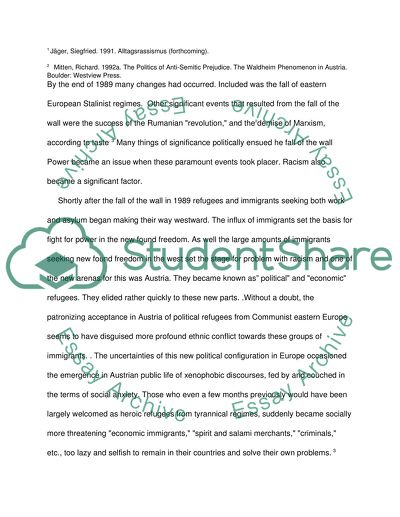Cite this document
(“Austrian Political Discourse Case Study Example | Topics and Well Written Essays - 3000 words”, n.d.)
Austrian Political Discourse Case Study Example | Topics and Well Written Essays - 3000 words. Retrieved from https://studentshare.org/politics/1507416-austrian-political-discourse
Austrian Political Discourse Case Study Example | Topics and Well Written Essays - 3000 words. Retrieved from https://studentshare.org/politics/1507416-austrian-political-discourse
(Austrian Political Discourse Case Study Example | Topics and Well Written Essays - 3000 Words)
Austrian Political Discourse Case Study Example | Topics and Well Written Essays - 3000 Words. https://studentshare.org/politics/1507416-austrian-political-discourse.
Austrian Political Discourse Case Study Example | Topics and Well Written Essays - 3000 Words. https://studentshare.org/politics/1507416-austrian-political-discourse.
“Austrian Political Discourse Case Study Example | Topics and Well Written Essays - 3000 Words”, n.d. https://studentshare.org/politics/1507416-austrian-political-discourse.


